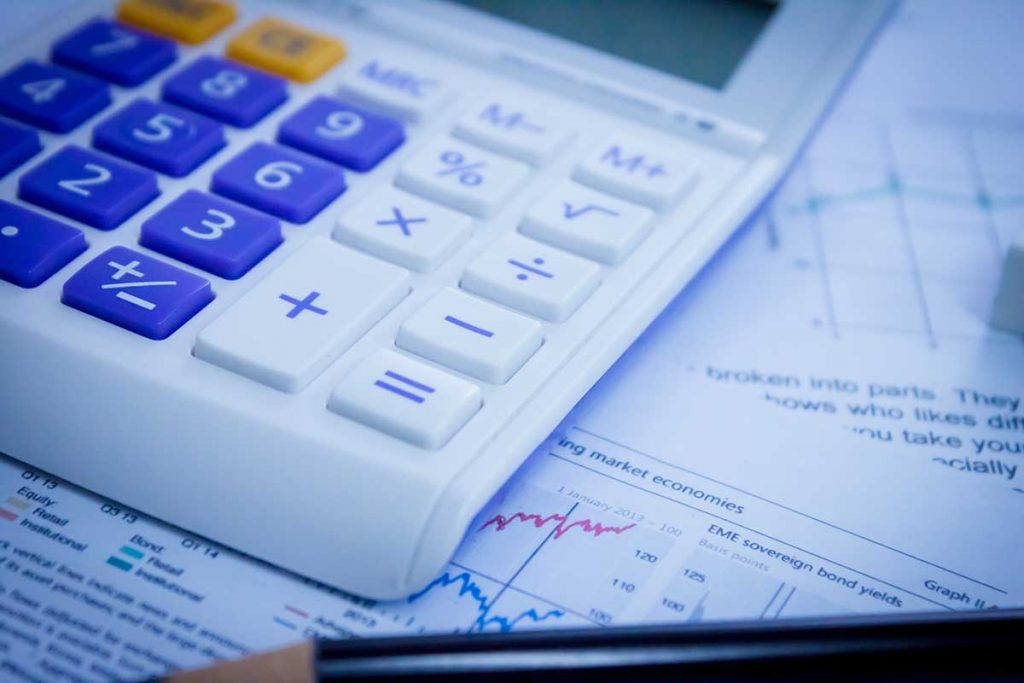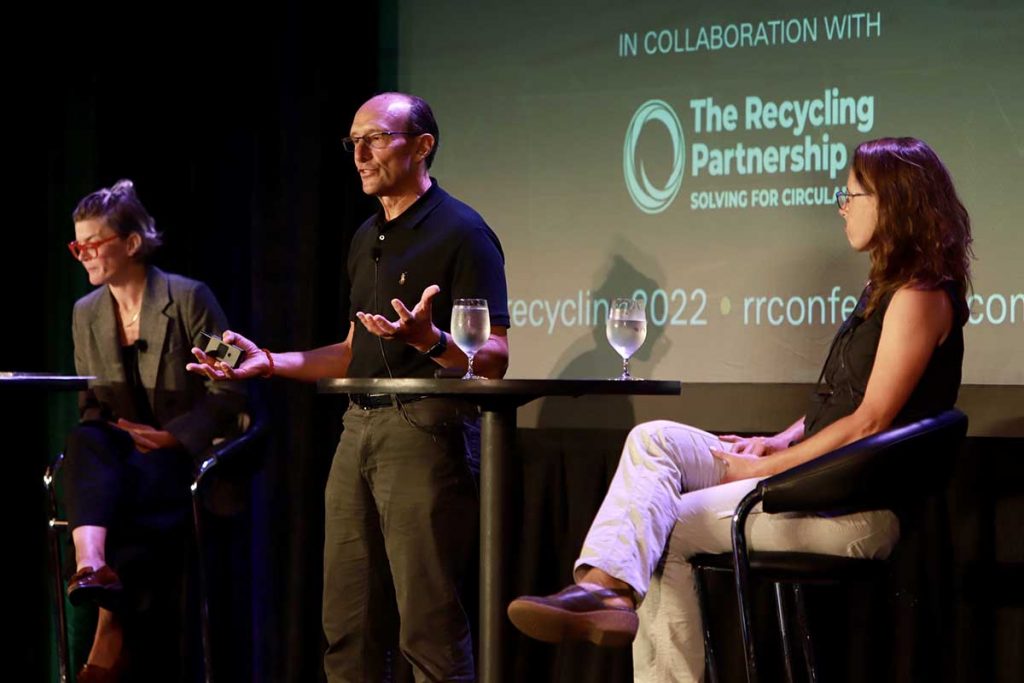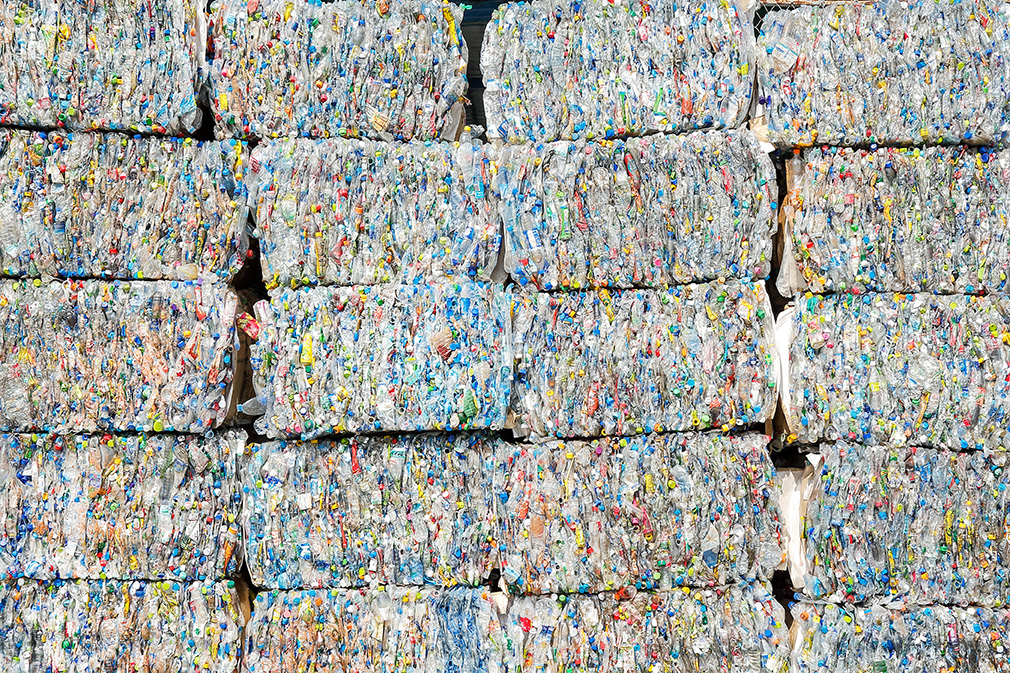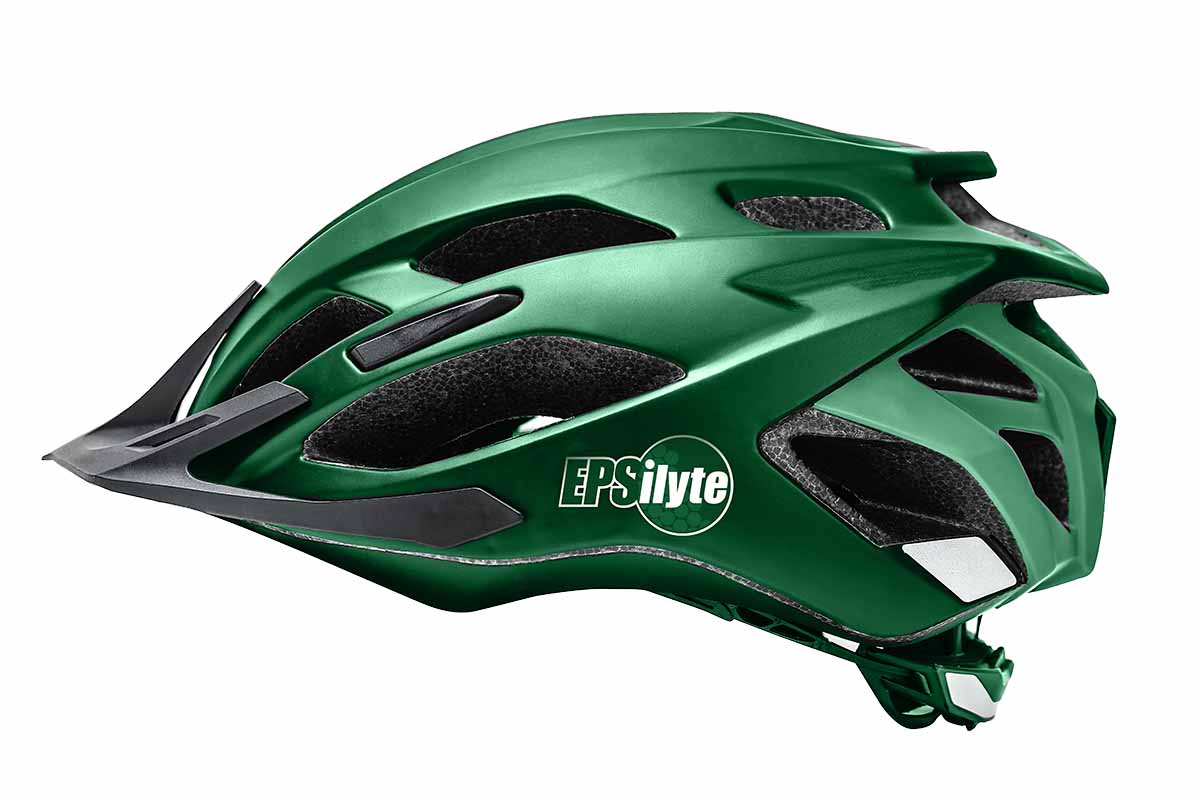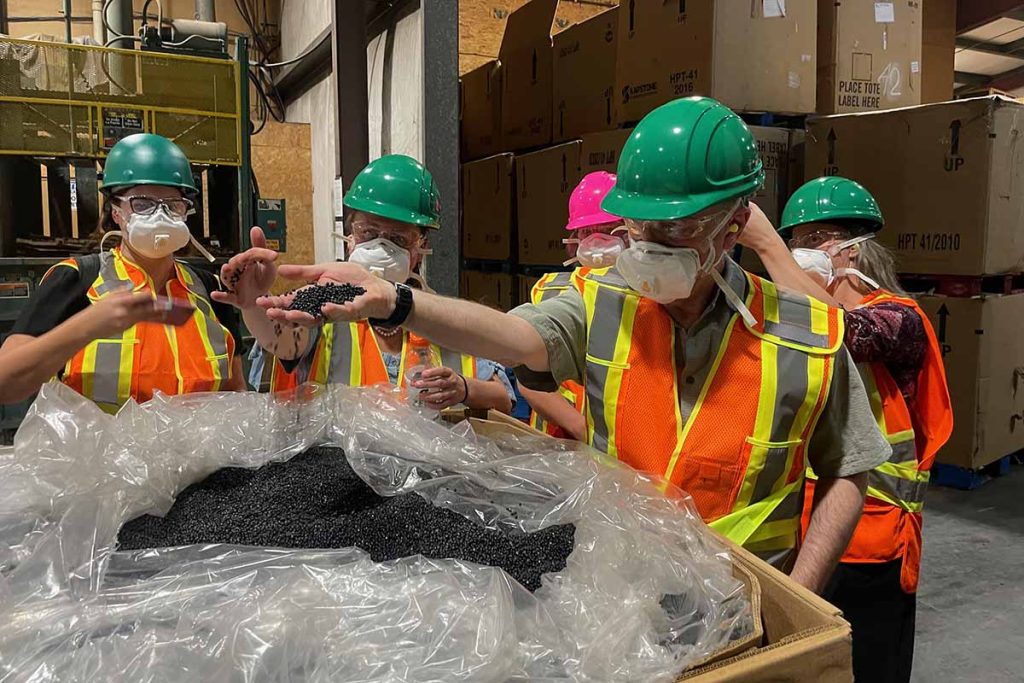
KC Recycling is heavily involved in recycling lead batteries, which are roughly 4-5% polypropylene by weight. | Courtesy of KC Recycling
A British Columbia recycling company has struck a supply deal allowing true closed-loop recycling of polypropylene from lead batteries.


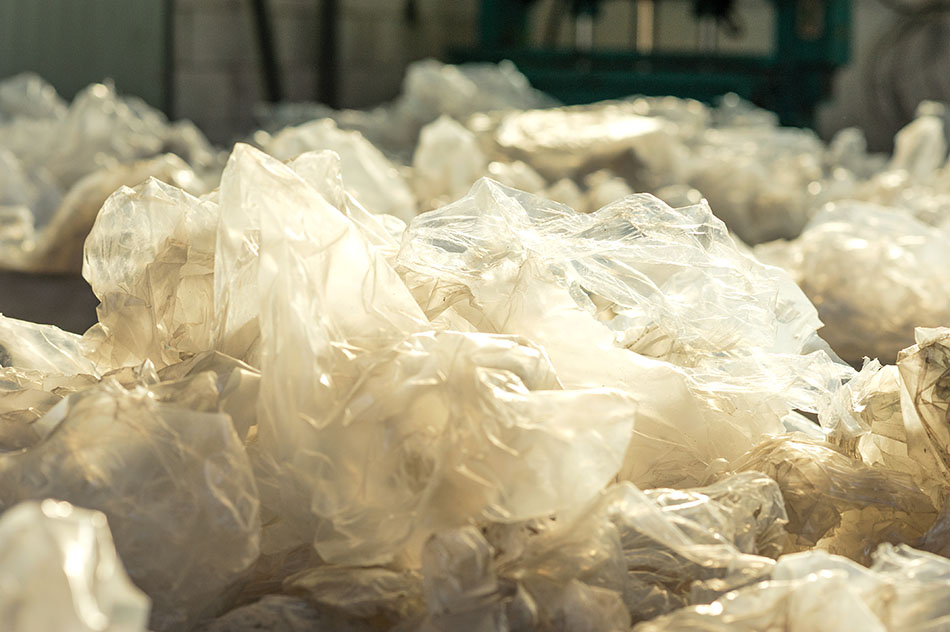
 Scrap natural and color HDPE prices have increased by 32% and 40% over the past month, continuing a recent rebounding in plastic bale prices.
Scrap natural and color HDPE prices have increased by 32% and 40% over the past month, continuing a recent rebounding in plastic bale prices. 